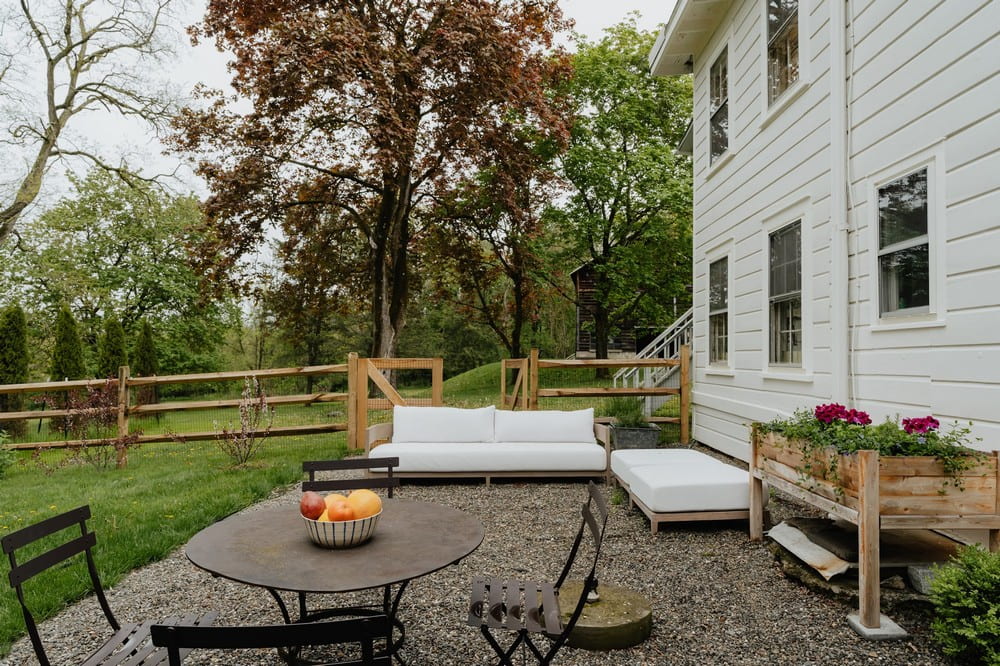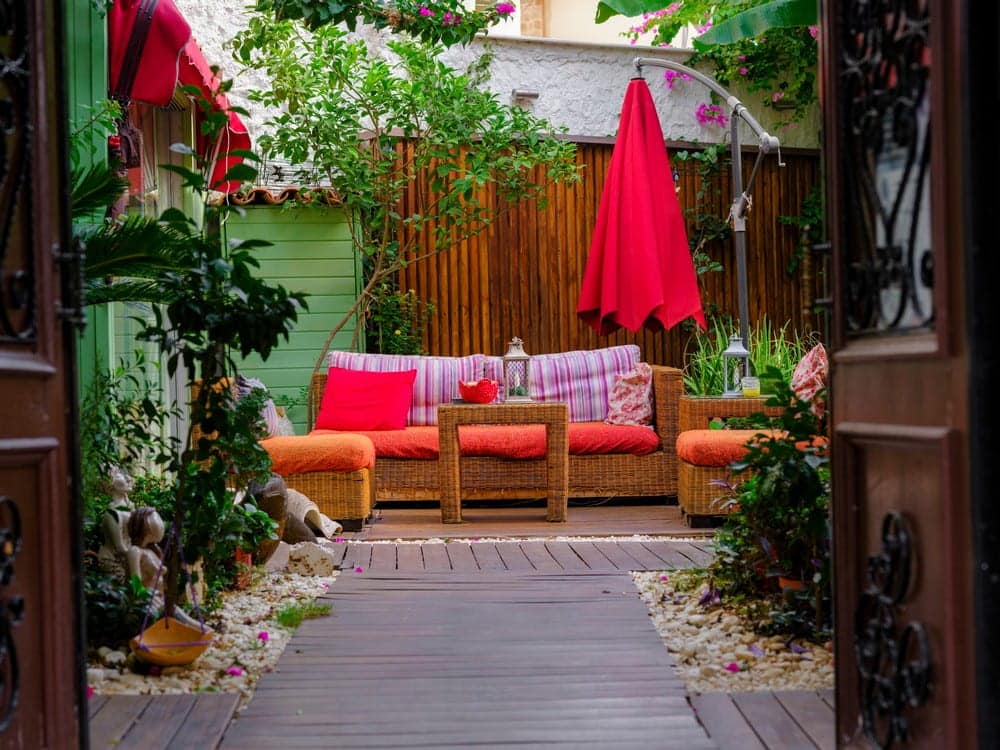
Picture yourself stepping into a lush outdoor space as if it were an extension of your home, complete with cozy nooks, vibrant foliage, and perhaps a glittering pond. With some foresight, creating such an outdoor haven is more achievable than you might think. Regardless of the size of your yard, the proper design principles will go a long way in maximizing every inch.
Designing with Intent: From Concept to Reality
Get started by establishing and defining the space when creating your outdoor haven. What do you want your garden to achieve or be used for? Are you trying to create a high-energy entertaining space, a quiet retreat perfect for reading, or an interactive play space for the kids? Knowing its principal use will help determine design decisions and ensure your outdoor space meets your needs.
Next, consider the layout and flow. A well-designed garden is as beautiful as it is inviting. Picture how visitors might wander through and soak up the atmosphere. Establish activity zones, then use meandering pathways to create a natural flow. A pathway made of stones could guide you on a gentle, winding journey through your outdoor area. In contrast, a more formal and linear path would direct guests to a focal point, such as a dining area or other garden features.
Next up: water features. Adding a pond offers a stunning focal point that invites wildlife and can add a soothing element to the auditory experience. However, you’ll need to shop for the perfect pond supplies to make the most of a pond. Everything from filters and pumps to decorative stones and plants is crucial in creating a thriving, magical feature that genuinely enhances your outdoor space. If a pond is too much for your taste, a simple fountain or waterfall can have the same soothing feeling without the complete maintenance of a pond.
Picking the Right Elements: Plants, Furniture, and Features
Plants are like paint colors: They can impact the mood and theme of your space. Consider climate and soil when choosing low-maintenance plants for varying textures in your landscape.
Remember to select a few evergreens that will provide greenery and form throughout the winter. Along with beauty, the appropriate plants can bring shade, privacy, or even other benefits like pest control to your property. Another great idea is to incorporate native species, which require much lower maintenance and would fit more naturally in the area’s ecosystem.
Outdoor furniture is another extensive choice. It needs to be weather-resistant yet comfortable and stylish. Check out pieces made of teak, metal, or wicker. Your furniture should reflect the design you are trying to achieve for your space and provide a functional arrangement for whatever activities you plan to do outside.
If you plan meals outdoors, you may need a sturdy dining set. While it may be just comfortable furniture, an outdoor sofa or hammock is also perfect for relaxing in the backyard. It’s all about finding that sweet spot that balances durability and comfort to make the outdoor space practical yet cordial.
Additional features can make quite a difference. Put in some soft lights to make the place feel cozy and welcoming at night. Natural stone or gravel paths can lead visitors through your garden, adding texture and interest. Other sensory elements can include water features, like fountains or small waterfalls, to help meld your outdoor space’s visual and auditory effects. Even a simple birdbath or strategically placed wind chime can add charm and tranquility to your space.
Bringing It All Together: Personal Touches and Maintenance
The little finishing touches make your outdoor space unique: garden sculptures, custom planters, or a fire pit for evening gatherings. These touches express who you are and make the space more engaging and enjoyable. A small reading nook with a comfortable chair and side table provides a quiet retreat, while an inviting sculpture plays on your senses and puts a smile on your face with every outdoor step.
The best outdoor space is a well-maintained one. Weeding, pruning, and cleaning are usual maintenance needs at regular intervals. But do not stress too much. Set up a simple routine that keeps everything in order.
If you have one, invest in good-quality equipment or automated systems for watering and pond care so you can enjoy the space rather than constantly maintaining it. Besides the seasonal tasks of mulching in spring and protecting furniture in winter, there are several tasks that one can consider in keeping everything in top shape throughout the year.
Conclusion: Enjoy Your Outdoor Sanctuary
Thoughtful design and a little elbow grease can make your outdoor space a haven that reflects your style and bolsters your quality of life. Even when the upgrades are complete, the outdoors will continue changing as plants grow, new ideas sprout, and needs change. Just as the plants you raise will grow and bloom with attention, so will your space. However, the most essential thing in having a beautiful outdoor space is not just the result; it’s the ongoing relationship you develop with it over the years.









